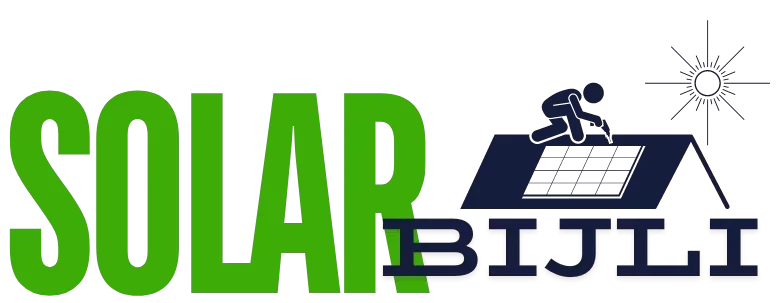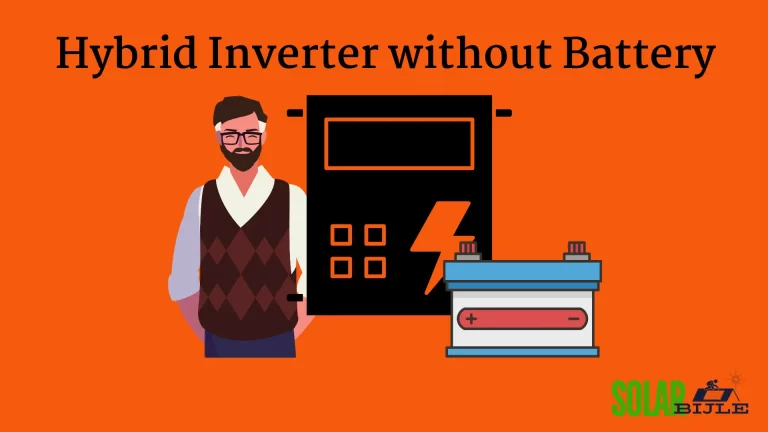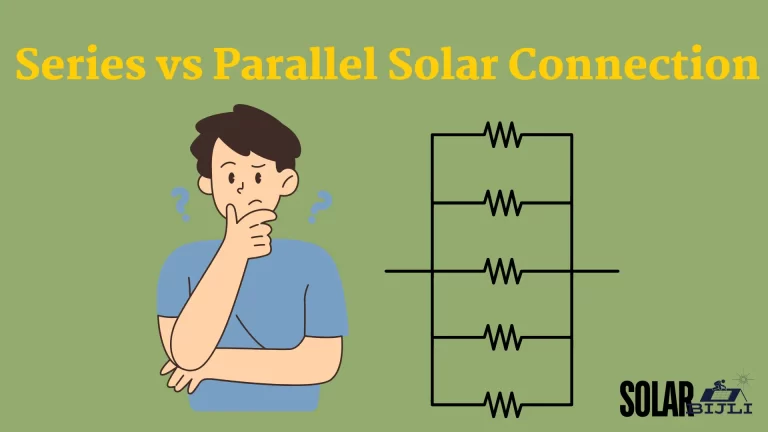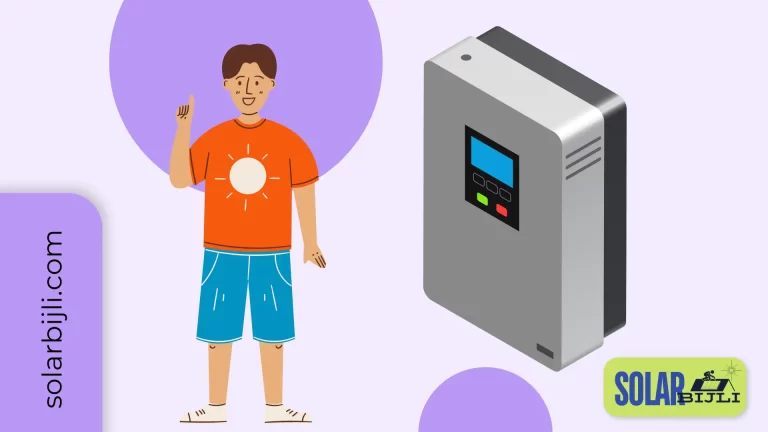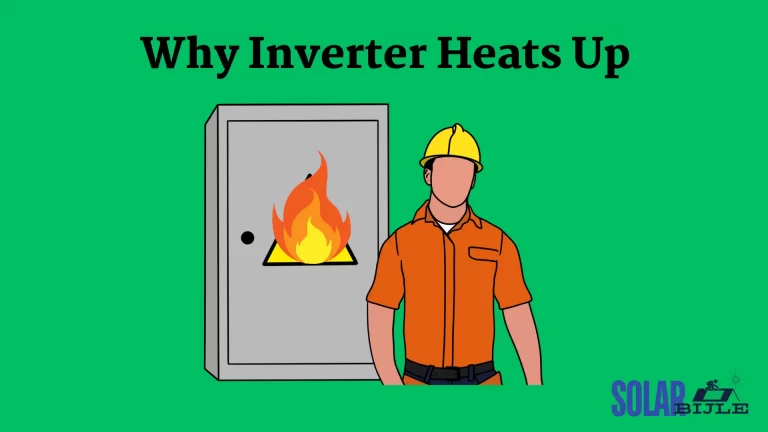Solar panels are constructed in a way that they can withstand many types of severe weather, including thunder and lightning storms. Remember, Solar panels don’t attract lightning and won’t increase your home’s risk of being hit.
However it is possible for lightning to hit your solar panels. Keep reading this interesting and knowledgeable article to find out what happens if lightning strikes your solar panels and how you can protect your solar panels from storm damage.
Why is Lightning Protection Important?
Lightning can cause significant damage to solar systems. It can lead to complete or partial destruction of your solar panels and other components.
We can divide lightning strike into two categories.
- Direct Strikes: These can melt panels, damage inverters, and create high currents that cause overheating.
- Indirect Strikes: These occur more often and generate high voltage that damages the system through electromagnetic induction.
Key Protection Measures
To protect your solar system, you need passive and active measures. You need to implement both external and internal lightning protection systems. There are two major aspect to ensure lightning arrester
1. Grounding
Grounding is a basic and foremost technique to divert lightning to the ground, protecting your system.
- Check Ground Resistivity: Ensure the ground can handle electricity flow.
- Common Grounding Point: Connect all components to a common ground.
- Proper Materials: Use copper, aluminum wire, or GI strips for effective grounding. Use of substandard material will only waste money.
2. Lightning Arresters
Lightning arrestors provide a path to redirect excessive voltage surges to the ground. They act like catcher. Remember they do not attract lightning, and work only if lightning strikes on them or very near vicinity.
- Placement: Following consideration must be kept in mind
- Length of rod should be 3-4 feet3 -4 feet long.
- Fixed at a location which is 2-3 meters away from solar plates.
- Should be 3-4 feet high from solar plates.
- Wiring of arrester: Always use good quality pure copper wire for grounding.
How Deep Should the be the Grounding of a Lightning Arrester
Grounding is a critical aspect of installing lightning arresters for your solar panels. Proper and correct grounding ensures that lightning strikes are safely diverted into the earth, protecting your solar system and home. Here’s a guide to help you understand how deep the grounding should be and other essential considerations.
Depth of Grounding
- Standard Depth:
- 8 to 10 Feet Deep: Grounding rods should be buried at least 8 to 10 feet deep. This depth is important as it ensures that the rod reaches moist soil, which is better for conducting electricity.
- Soil Considerations:
- Moist Soil: Ground rods should ideally be placed in moist soil. Moisture significantly improves the conductivity of the grounding system.
- Coal and Salt Mixture: As a thumb rule, mix approximately 8–10 kg of salt with charcoal in a 1:2 ratio by weight for every square meter of earthing plate. Put this mixture around the plate. It will enhance the conductivity of the soil and improve the efficiency of the earthing system.
- Dry and Rocky Soil: Use multiple grounding rods to achieve better grounding. Space them at least twice the length of the rod apart.
- Rod Material:
- Copper Rods: Use copper or copper-clad steel rods. These materials are highly conductive and resistant to corrosion, ensuring long-term effectiveness. Do not save money in them.
Installation Tips
- Drive the Rod Vertically:
- Vertical Position: It’s more effective to drive the rod vertically into the ground rather than angling it, as it reaches deeper and more conductive soil layers.
- Use Ground Clamps:
- Secure Connections: Use high-quality ground clamps to secure the connection between the grounding rod and the wire. Ensure the clamp is tight and corrosion-resistant.
- Test the Ground Resistance:
- Regular Testing: Do Periodic testing of ground resistance to ensure it remains low (less than 5 ohms is ideal). High resistance can indicate poor grounding conditions and needs correction.
- Connecting to Grounding System:
- Bond All Components: Connect all metal components of the solar system to a common grounding point. This includes the frames of solar panels, inverters, and mounting structures.
Maintenance and Checks
- Regular Inspection:
- Visual Checks: Inspect the grounding system regularly for any signs of wear or corrosion.
- Tight Connections: Ensure all connections remain tight and secure.
- Weather Considerations:
- Seasonal Changes: Check the grounding system after significant weather changes, as soil conditions can affect grounding efficiency.
What are Surge Protection Devices (SPDs)
- Primary Function: Limit transient over voltages and divert current waves to the earth.
- Basic Function: Will save your home electrical devices from high voltage surge.
- Installation: Place SPDs in AC and DC distribution boxes and inverters.
- Quality: Always use high quality circuit breakers. Never compromise on them
| Dos | Don’ts |
| Do install lightning arresters at key points in your system. | Don’t place arresters too close to sensitive components. |
| Do connect all metal parts to a common grounding point. | Don’t ignore the grounding requirements for your system. |
| Do use high-quality, corrosion-resistant materials for connections. | Don’t use substandard materials that can degrade quickly. |
| Do follow manufacturer guidelines for installation and maintenance. | Don’t skip reading and understanding the installation manual. |
| Do regularly inspect and maintain your lightning protection system. | Don’t neglect periodic checks and necessary repairs. |
| Do ensure all connections are secure and tight. | Don’t leave any connections loose or improperly tightened. |
| Do install surge protection devices (SPDs) alongside arresters. | Don’t rely solely on arresters without additional SPDs. |
| Do place arresters at the highest points of your installation. | Don’t install arresters at low points where they are less effective. |
| Do ensure proper earthing of the lightning arresters. | Don’t fail to test the earth resistance regularly. |
| Do consult with certified professionals for installation. | Don’t attempt DIY installation without proper knowledge. |
Conclusion
Implementing a comprehensive lightning protection system is essential for the safety and efficiency of your solar system setup. Natural calamity can not be foreseeable, specially lightning. The adverse effect of lightning can be detrimental which require pre-planing and timely actions. This article has covered the complete installation of lightning arrester and related queries. Going through this will definitely help you in protecting your solar system. Have a safe solar protected house.
